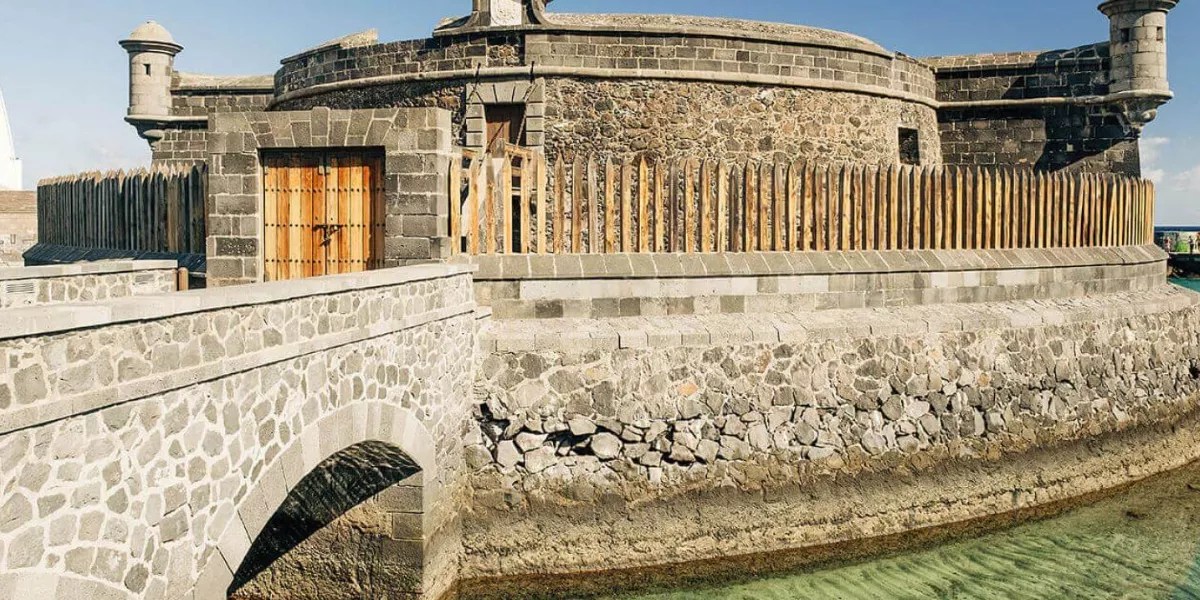The development of the southern motorway in Tenerife (TF-1) between Adeje and San Isidro is progressing at varied paces, yet with a unified aim: to prevent the exposure of the environmental impact assessment encompassing the complete range of activities. This corridor is identified as the second busiest on the whole island of Tenerife, as per the data from the Cabildo, and handles a traffic density that significantly influences the workforce mobility connected to the tourist operations in the South, which is the hub of the island’s economic engine.
The Comprehensive Projected Expansion Plan includes the addition of a third lane in both directions along four vital sections of this corridor, stretching over 23 kilometres: San Isidro – Chafiras, Las Chafiras – Ortoteanda, Ortoteanda – Las Américas, and Fañabé – Las Américas. Additionally, there are various modifications planned for connections, redefining access routes and enhancing adjacent areas.
To facilitate this, the Ministry of Public Works, Housing, and Mobility of the Canary Islands Government must swiftly tender and initiate these strategic plans before the deadline and finish the connection work in Las Chafiras (currently projected for mid-2025) to avoid exposing the collective environmental impact statement that pertains to the entire South Corridor project.
If this occurs, the impacted projects would need to restart the entire technical and administrative process from the beginning, which would entail fresh studies, reports, and procedures, with an estimated minimum halt of two years, according to technicians consulted by a prominent newspaper.

Chafiras-Ortoteanda: Approaching Completion
The construction of the Las Chafiras-Ortoteanda segment has faced years of delays due to funding interruptions in the Highway Agreement. Although the project was drafted in 2014, its realisation was also hampered by several obstacles.
Among these, a high-voltage cable in the active area necessitated a revision of the original plan, and the discovery of the coastal tenerife pimelia – a protected beetle listed as a threatened species in the Canary Islands – led to a temporary halt in the works.
The Las Chafiras-Ortoteanda link has accumulated a delay of nearly 49 months (almost 4 years) compared to the initially targeted completion date, which was set for May 2021.
This timeframe was mentioned in the awarded contract, which specified a duration of 30 months following the signing of the Relanding Act on November 26, 2018.
Currently, progress is being made rapidly, and in recent weeks, prefabricated beams have been installed in the Semienlace.
To preserve the validity of the environmental study, sources from the Ministry of Public Works consulted by this newspaper have confirmed that the segment between San Isidro and Ortoteanda will be tendered prior to the formal completion of the Las Chafiras link. This project, which has an estimated budget of 23.3 million euros, is expected to take 30 months to execute.
Estimates suggest that adding the third lane in this section could reduce travel times during peak hours.
In Limbo and Stagnation
In the direction of Adeje, the Ortoteanda-Las Américas section is still in the technical documentation stage. In November 2022, the government of the Canary Islands awarded this contract to a temporary consortium of companies, with the contract formalised in March 2023 for a sum of 357,500 euros.
The project has an implementation period of eight months and aims to expand approximately 9 kilometres of motorway in one of the most congested parts in the south, which typically experiences constant traffic jams.
The false tunnel initiative between Las Américas and Fañabé, a significant southern roadway transformation project, aims to bury the TF-1 from the vicinity of the Las Américas police station to an area close to a shopping centre next to Miraverde.
Even though the project was technically awarded in 2023, as confirmed by Diario de Avisos, it remains in the technical oversight stage and has not yet entered the bidding phase.
Fragmenting the Whole
This stagnation of the two projects between Adeje and Arona may have severe repercussions. According to Pedro Martín, former president of the Cabildo de Tenerife, if all sections are not tendered timely before the delivery of the Chafiras project, “the Administration would be compelled to initiate a separate environmental process”, which would lead to a disruption of the anticipated global approach and fragment the execution of the entire set of actions.
The future of TF-1 is not solely determined by the advancement of machinery and workers, but is also reliant on an administrative countdown that poses the risk of forcing the entire process to restart from square one.
The Third Lane to Facilitate Routes for Buses and Taxis to the Airport
The Cabildo de Tenerife proposed in 2023 a strategy for certain sections of the third lane to function as Bus-Vao lanes, with the objective of enhancing mobility. They suggested utilising the future expansion to create exclusive lanes for taxis, buses, or high-occupancy vehicles, thereby easing access to the airport. In line with this, the Sustainable Mobility Plan of Tenerife, which is currently undergoing public consultation, foresees the establishment of three Bus-Vao lanes to encourage the use of public transport.















